Pressure points in the chain appear no obstacle to Lazenby's processor
Cranswick showing defies expectations
Surging profitability at pork processor Cranswick plc prompted compliments from national press business writers on release of preliminary figures for the year to March 31, but the financial achievement seemed not to be fully understood.
Pre-tax profit up by roughly half to £16.3m on turnover 17% higher at £226m, plus a final dividend increase of a third, were interpreted by the media as evidence of an interesting market niche operator well deserving the sharp rise in its share price as investors reacted to the payout and promise of a scrip issue.
In reality Cranswick ranks in turnover ahead of mainstream commodity meat suppliers such as Kepak and Dawn Meats.
Some of its activities are even further back up the supply chain where it would have been expected to suffer from recent agricultural crises, and its main operations are in the further processing sector where major competitors are under severe financial stress.
Yet, if anything, the headline profit and turnover figures understate Cranswick's performance.
Perhaps the key indicator is the after-tax profit on ordinary activities as a rate of return on average shareholders' funds. Last year this was almost 20%, and there was no visible weakness in the form of illiquidity or over-gearing at either end of the balance sheet to magnify the rate unjustifiably.
The more commonly watched measure is earnings per share, and with the latest result pushing this up from about 40p to 57p, Cranswick is generating more than twice the profit needed for dividends.
Little wonder investors have bid up the share price enough to give Cranswick a dividend yield of only 2.3%, the same as Unilever's.
Yet the Cranswick financial result appears to cast doubt on many assumptions over how the British livestock and meat industries and their markets are working at present.
How does Cranswick carry it off? It is an upmarket yet relatively large scale and conventional supplier of meat products, such as premium sausages to supermarkets (and of animal feed to farmers).
And its trading conditions are subject to such influences as inequitable purchasing practices by the multiples, unfair competition from imports and insensitive administrative interference from London and Brussels ---- all accepted as facts in the current agripolitical debate.
{{MEAT }}
Close menu
- Home
- Retail & Wholesale
-
Products & Suppliers
- Back to parent navigation item
- Products & Suppliers
-
Product Categories:
- Back to parent navigation item
- Product Categories:
- Alcoholic drinks
- Bakery
- Cereals & breakfast
- Cheese
- Chicken & poultry
- Chocolate
- Confectionery
- Crisps, nuts & snacks
- Dairy
- Fish
- Fresh produce
- Frozen
- Household
- Meat
- Own Label
- Sauces & condiments
- Seasonal
- Soft drinks
- Vaping
- Vegan & plant-based
- World foods
- Suppliers
- People
- Reports & Data
-
Topics A-Z
- Back to parent navigation item
- Topics A-Z
-
Popular topics:
- Back to parent navigation item
- Popular topics:
- Cost of living crisis
- Crime
- Deposit Return Schemes
- Finance
- Government & Regulation
- Health
- Inflation
- Loyalty
- Marketing
- Mergers & Acquisitions
- New Product Development
- Sourcing
- Supply chain
- Sustainability & environment
- Technology
- Ultra Processed Foods
- Vaping
- A-Z all topics
- Content by type:
- Events
- Subscribe now
Sign in to comment on this article
Not logged in before? Register for FREE guest access today.
You will be able to:
- Read more stories
- Receive daily newsletters
- Comment on stories
Advert



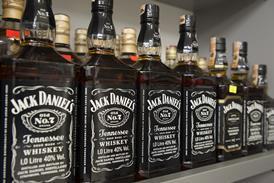
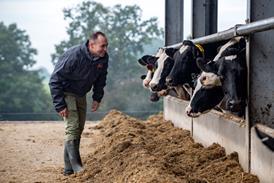



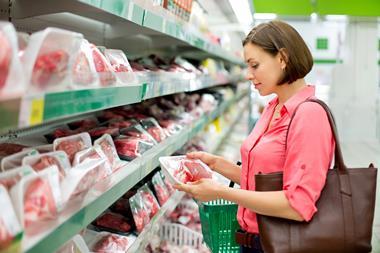

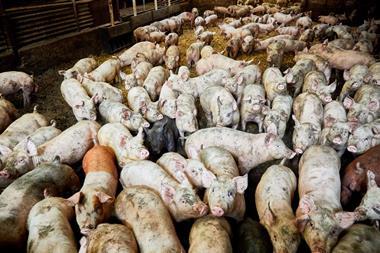
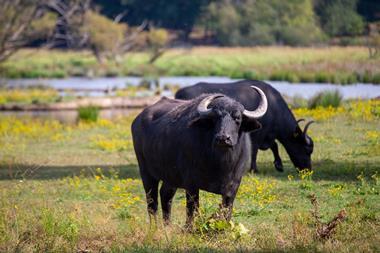
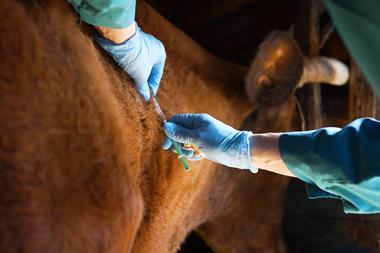






No comments yet